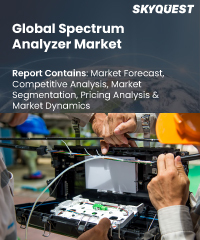Product ID: SQMIG45N2087
Global Semiconductor Memory Market Size, Share, Growth Analysis, By Type(DRAM, NAND Flash Memory), By Application(Consumer Electronics, Enterprise and Data Centers) - Industry Forecast 2024-2031
Report ID:
SQMIG45N2087 |
Region:
Global |
Published Date: February, 2024
Pages:
157
|
Tables:
64 |
Figures:
75
Global Semiconductor Memory Market Dynamics
Semiconductor Memory Market Drivers
Artificial Intelligence and IoT Applications
- The rise of artificial intelligence (AI) and the Internet of Things (IoT) has created a need for memory-intensive applications. AI algorithms and IoT devices generate and process massive amounts of data, necessitating advanced memory solutions to handle these workloads efficiently.
Semiconductor Memory Market Restraints
Cyclic Nature of Market
- The semiconductor memory market is highly cyclical, with demand heavily dependent on economic conditions and industry-specific factors. Economic downturns can lead to reduced consumer spending on electronics, affecting the demand for memory products.
Global Semiconductor Memory Market Report Snapshots
Want to customize this report?
Our industry expert will work with you to provide you with customized data in a short amount of time.
REQUEST FREE CUSTOMIZATION


 USA (+1) 351-333-4748
USA (+1) 351-333-4748
